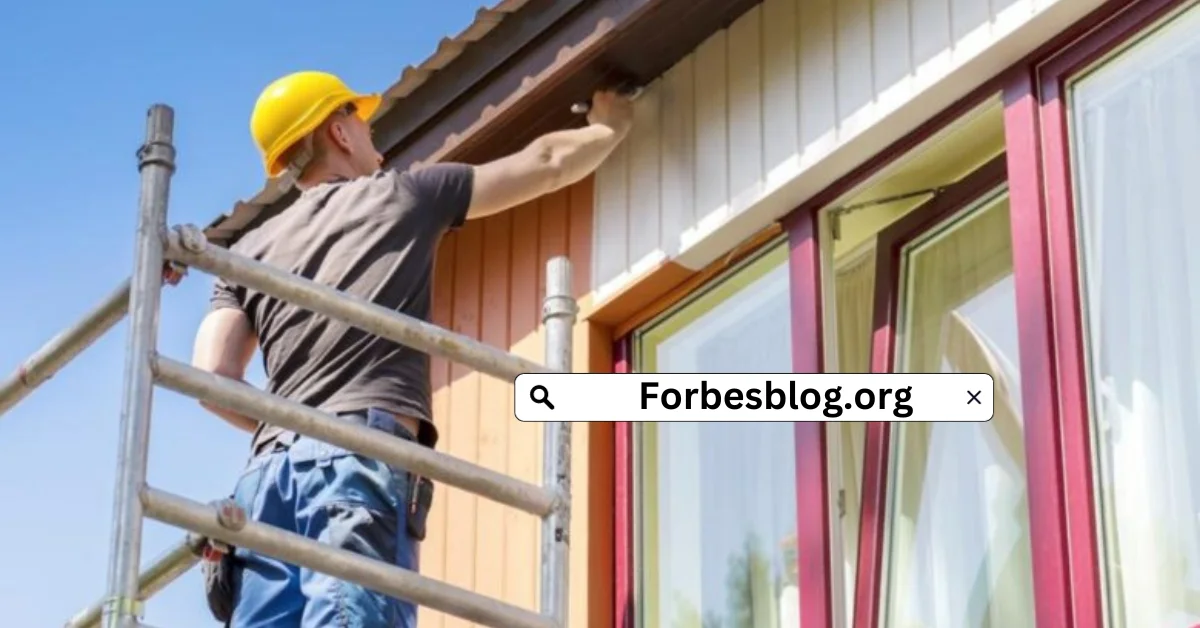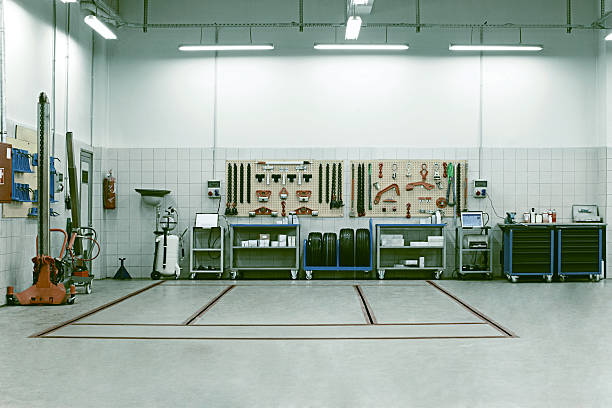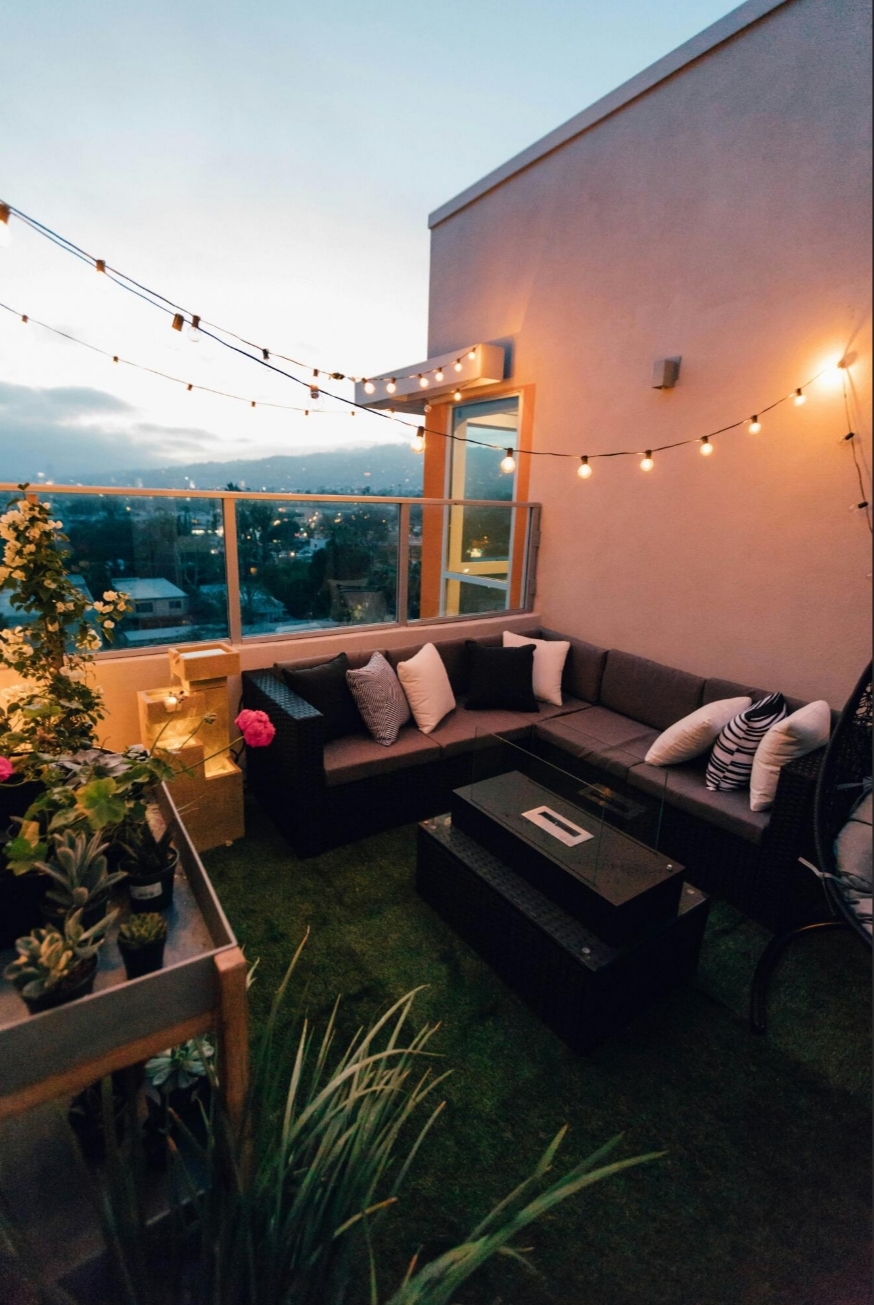Monsoons provide relief from the intense heat of summer. Still, they also bring challenges like dampness, seepage, and mold growth which not only makes your home exteriors look dirty but also invites serious issues.
To prevent this, applying a waterproof protective coating that can resist heavy rainfall and protect your exteriors effectively is advisable. The coating serves as a protective layer, preventing water from penetrating the walls and causing harm. Choosing the right waterproof paint allows you to maintain the cleanliness and integrity of your home’s exterior, even during the rainy season.
This article highlights how to protect your house walls from rain and water damage.
Table of Contents
● Water Proof Walls
Waterproofing is important when it comes to saving your walls from rain. Wall waterproofing can be done by choosing the effective and premium quality of premier or paints that must safeguard your house exterior walls against the moisture that leaves deep impacts and provide a way to prevent water leakage and seepage. The layers that need to be applied depend on the frequency of rain in your area.
● Protective Paint
Everyone is concerned about the exterior aesthetics of the house. The luxurious appearance of a home is important so is preparing the exterior wall to fight rainwater.
Once the you got your exterior wall waterproof, applying a barrier coat and high-quality water-resistant paint is important to endure rain and other weather conditions. Choose eco-friendly paint that does not contain harmful chemicals like mercury and lead. It is suggested to pick a water-repellent and water-resistant premier.
● Apply a White Coating of Cement
For stronger and more durable walls, it is important to apply white cement on the surface before painting. This will also make the paint application smoother and prevent chipping.
● Check Holes from Time to Time
To avoid future problems caused by climate conditions, regularly checking your walls for cracks and holes is important. Consider hiring a professional to conduct these checks and fill any gaps promptly.
● Apply Lime Plaster
If your home is in an area that experiences heavy rainfall, it’s advisable to use lime plaster instead of white cement. Lime plaster is less fragile and less likely to develop pores and cracks. This allows the walls to dry out rapidly, making them more resistant to the effects of rain.
● Protect your Roof
It’s not just the walls that are affected in the rainy season, but- your roof can suffer too. To prevent water from seeping in and causing dampness and leaks in the ceiling, it’s important to waterproof your roof. When preparing your home for the monsoon season, choose roof tiles that can withstand the weather. Just as you would apply wall primer to exterior walls, using roof protectors on the topmost surface of your home is recommended.
● Avoid Repairment in Monsoon
Avoid Painting or repairing your walls during monsoon season. When it rains, it can cause disruptions to the task at hand. This can result in patches and uneven Painting on surfaces. Additionally, the walls may absorb moisture and take longer to dry, which can cause further delays in completing the work.
Conclusion
To protect your home from water leakage and damage, it is necessary to waterproof the exterior walls and roof and apply high-quality lime plaster and paint. This will help prevent any unwanted problems.














